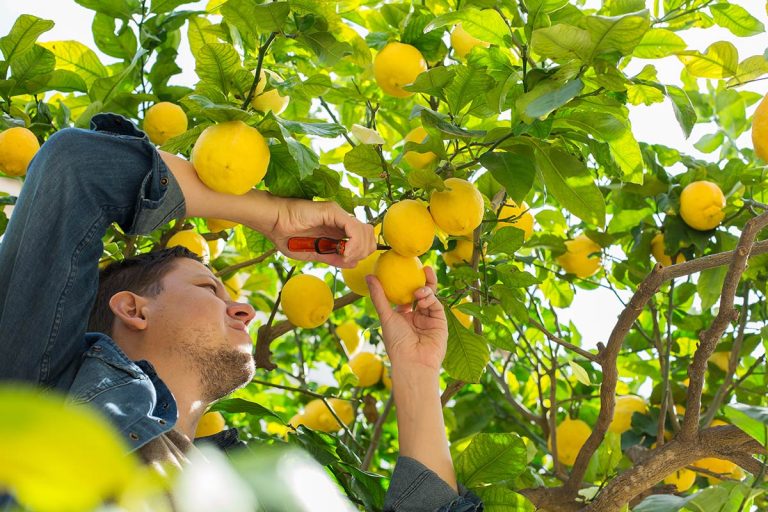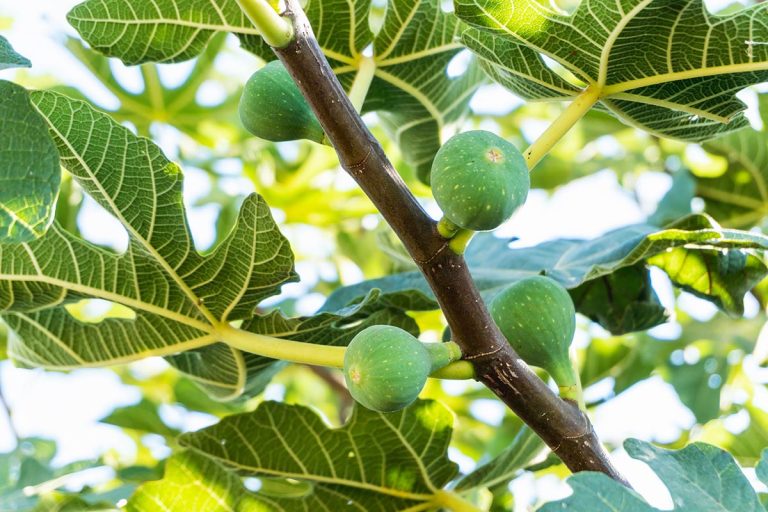Growing Lemon Trees in the Arizona Desert
You can absolutely grow lemon trees in Arizona. The state’s warm climate, especially in regions like Phoenix, Tucson, and Yuma, is ideal for citrus trees. However, there are a few things to keep in mind for successful growth. Best Lemon Varieties for Arizona: Eureka Lemon – Produces fruit year-round and has a tart, juicy flavor.…


